Why scientists call 536 the worst year in history
Categories: Catastrophes | History | World
By Pictolic https://pictolic.com/article/why-scientists-call-536-the-worst-year-in-history.htmlCan you imagine that you wake up 547 days in a row, but you don't see the sun? A year and a half ago you were a prosperous farmer, and now you have to catch rats to feed yourself and your family members who are still alive. The air is suffocating even at night, despite the fact that there is snow outside the window all August. This is not a dystopia created by a science fiction writer, but the realities of the year 536 - the worst in the history of mankind.
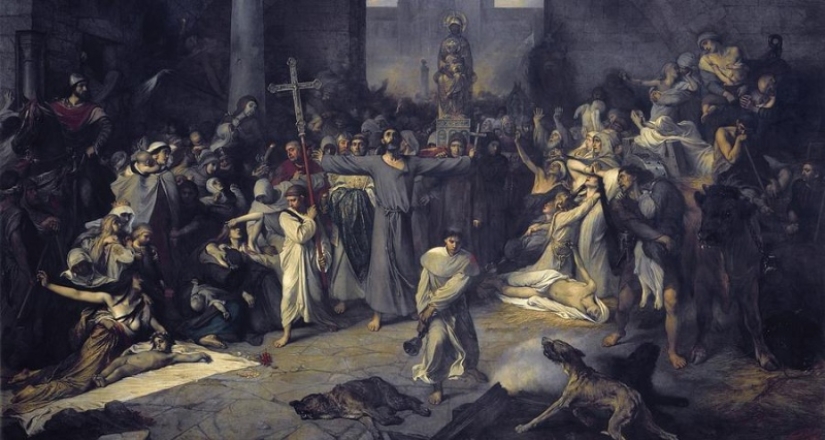
Historians knowingly consider this year to be the most terrible. Spring turned into summer, and summer into autumn without a single sunny day. And this was not the case in individual countries, but in most of Europe and Asia. The sun seemed to be covered with a curtain, and the days began to look like gray evenings.
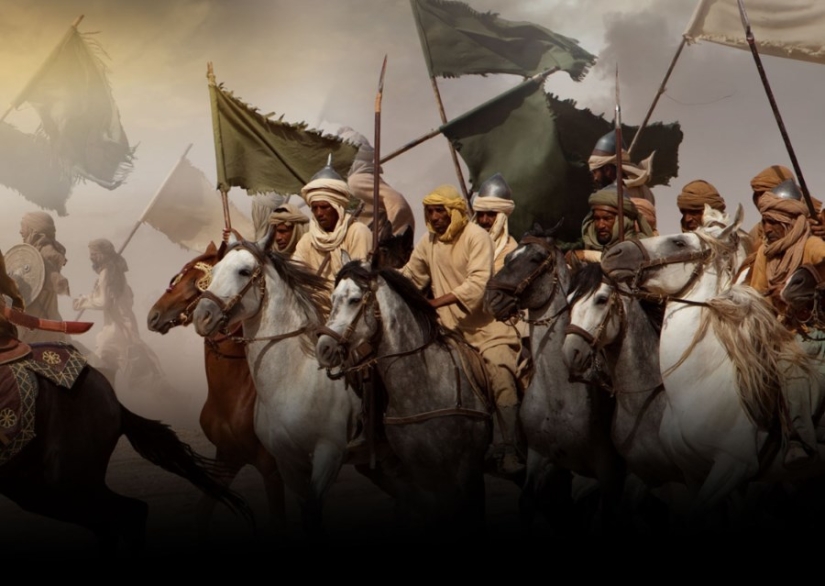
Millions of people around the world lost their crops, lost markets for goods, and were left without means of livelihood. Add to this the large and small military conflicts that have begun in different places and, most terrible of all, a large—scale plague epidemic. The Byzantine historian Procopius, who described in detail the events of the 6th century, told about it like this:
After 15 centuries, Harvard medieval historian Michael McCormick clarified that it was not only 536 that was terrible. The catastrophe continued for the next decade. And it was all to blame for the dramatic climate change. In early spring, a volcano erupted in Iceland, and millions of tons of ash and gases rose into the air. They hung in the atmosphere and spread to large areas in the Western and Eastern Europe, Central Asia and reached China.
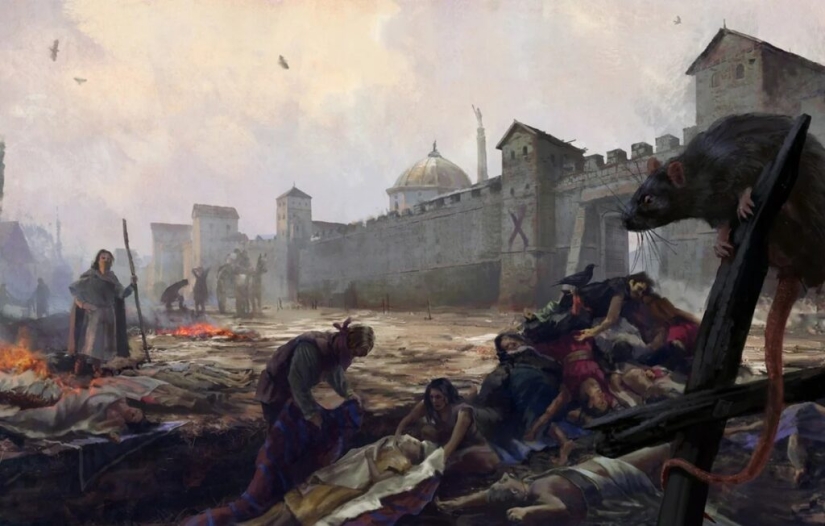
The consequence was the onset of the so-called Late Antique Little Ice Age. In 540 and 547, new series of eruptions occurred, which worsened the situation. Scientists at the University of Cambridge, having studied the annual rings of trees, made an interesting discovery. They determined that throughout Eurasia, the average summer air temperature dropped by 1.5-2.5 degrees Celsius.
Blocking sunlight with volcanic aerosol caused cataclysms many thousands of kilometers from the eruption site. Summer snowfalls have begun in China, and the air temperature has reached a minimum for 2,300 years. Almost the entire Northern Hemisphere suffered from constant thick fog.
Historian Michael McCormick said that most of the harvest in Europe died. Famine began, which caused migrations, turmoil and wars. Everything was supplemented by an outbreak of bubonic plague, which destroyed a third of the population of the Eastern Roman Empire in a decade. It is called the Justinian plague, since it occurred during the reign of Emperor Justinian.
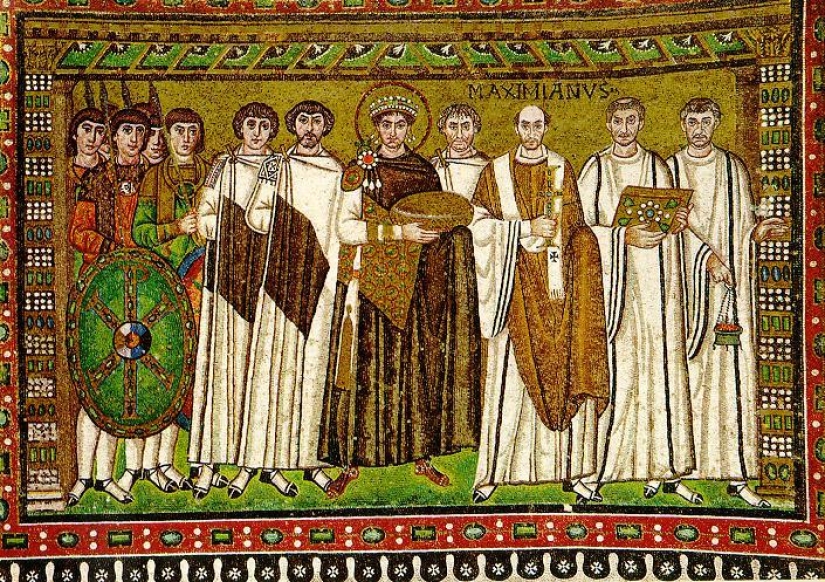
The pandemic came from the Roman part of Egypt and confidently unfolded in Europe. After that, the plague raged for another 200 years, reaching the most remote corners of Eurasia. McCormick believes that the "black death" came due to a sharp decline in people's living standards and a violation of their immunity against the background of malnutrition. And migrations of the population looking for food served to spread the disease.
Once we were shocked by the death rate from COVID-19, which was 1.8 people per 100 cases in the United States. But this will seem insignificant, compared to the bubonic plague of the 6th century. It killed 60 people out of 100 infected. The scope of the Justinian plague was not as great as the epidemics of the 14th century. Nevertheless, in the 6th century, the plague literally changed history, causing the collapse of the Eastern Roman Empire.
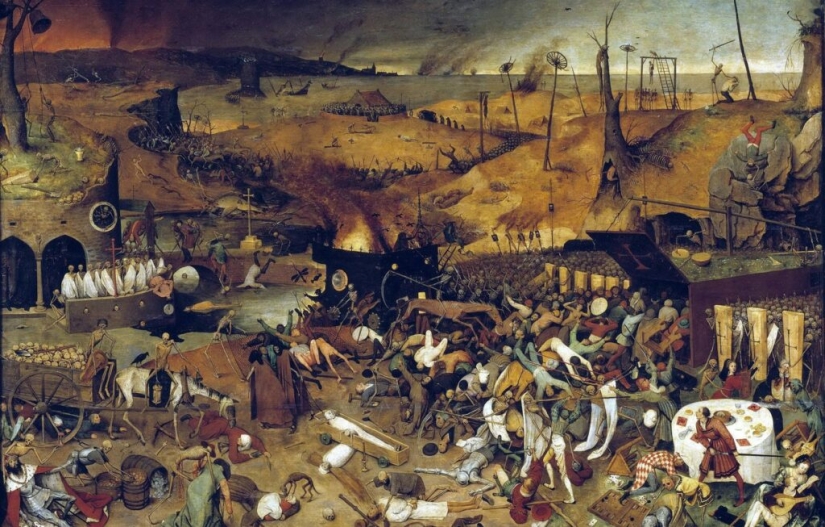
Similar cataclysms, though less grandiose, happened later. It is well known that 1816 was recognized as the "year without summer" due to the eruption of the Tambora volcano in distant Indonesia.
Recent articles

French cinema can easily be called a unique direction in art, which is fundamentally different from what he used to do in ...

Fans of actress Monica Bellucci do not associate her style of clothing with black dresses in vain. A famous Italian woman has ...

What could be sweeter cats, dogs and other animals? That's right — nothing! Therefore, we have compiled for you the lovely, kind ...